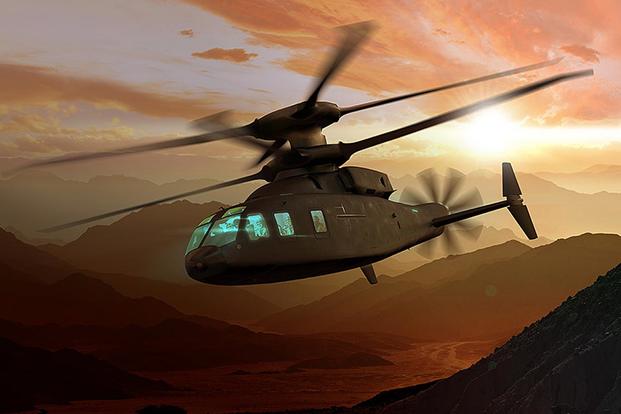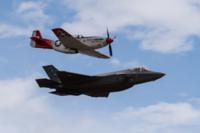Retired Gen. James Thurman recently told Army aviation officials they've got to "quit apologizing" to the Pentagon and ask for what they need to win the next war.
"The Air Force doesn't apologize, the Navy doesn't apologize, so don't apologize. You've got to go forward and put the bill on the table, and you've got to have the analytical data to back it up. That's what happens in the Pentagon," he said during a panel discussion last week at the Association of the United States Army's Hot Topic event on aviation.
Thurman, who commanded U.S. Forces Korea from 2011 to 2013, made his comments during a discussion on the Army's effort to track training and readiness against the backdrop of the service's six-priority modernization effort.
Future vertical lift is the Army's third of six modernization priorities. Aviation officials must compete for the same resources advocates of the other priorities -- long-range precision fires, the next generation combat vehicle, a mobile network, air and missile defense, and soldier lethality -- are vying for if the service is going to field a new armed reconnaissance aircraft and a new long-range assault aircraft by 2028.
"You've got to fight for it ... if we don't modernize this force, we are going to lose the next fight. It's as simple as that," Thurman said, warning of the progress potential adversaries are making in battlefield technology. "If you look at what the Russians are doing and what the Chinese are doing, in my mind, the Chinese are number one right now."
In addition to modernizing, Army aviation officials say the branch needs to use training resources more effectively to ensure units are at the appropriate readiness levels.
"I think we do ourselves a disservice anytime we are funded to a certain level and under-execute for multiple reasons," said Maj. Gen. William Gayler, commander of the Aviation Center of Excellence and Fort Rucker, Alabama. "If we fly less and we still call ourselves trained, that is doing a disservice to us ... because the Army will resource us at a lesser level."
Army aviation accounts for 25 percent of the service's budget for training and sustainment, said retired Lt. Gen. Kevin Mangum, vice president for Army Aviation Programs, Rotary and Mission Systems at Lockheed Martin. But, he said, "aviation is the only branch where the number of [Training and Doctrine Command] seats is limited by budget."
"For every other branch, we determine how many seats are required and fund it," he said. "For aviation, seats are based on funding available."
Mangum said he agrees with Thurman's advice. "Don't apologize, but we've got to use that 25 percent of the Army budget as effectively and efficiently as we can."
-- Matthew Cox can be reached at matthew.cox@military.com.










